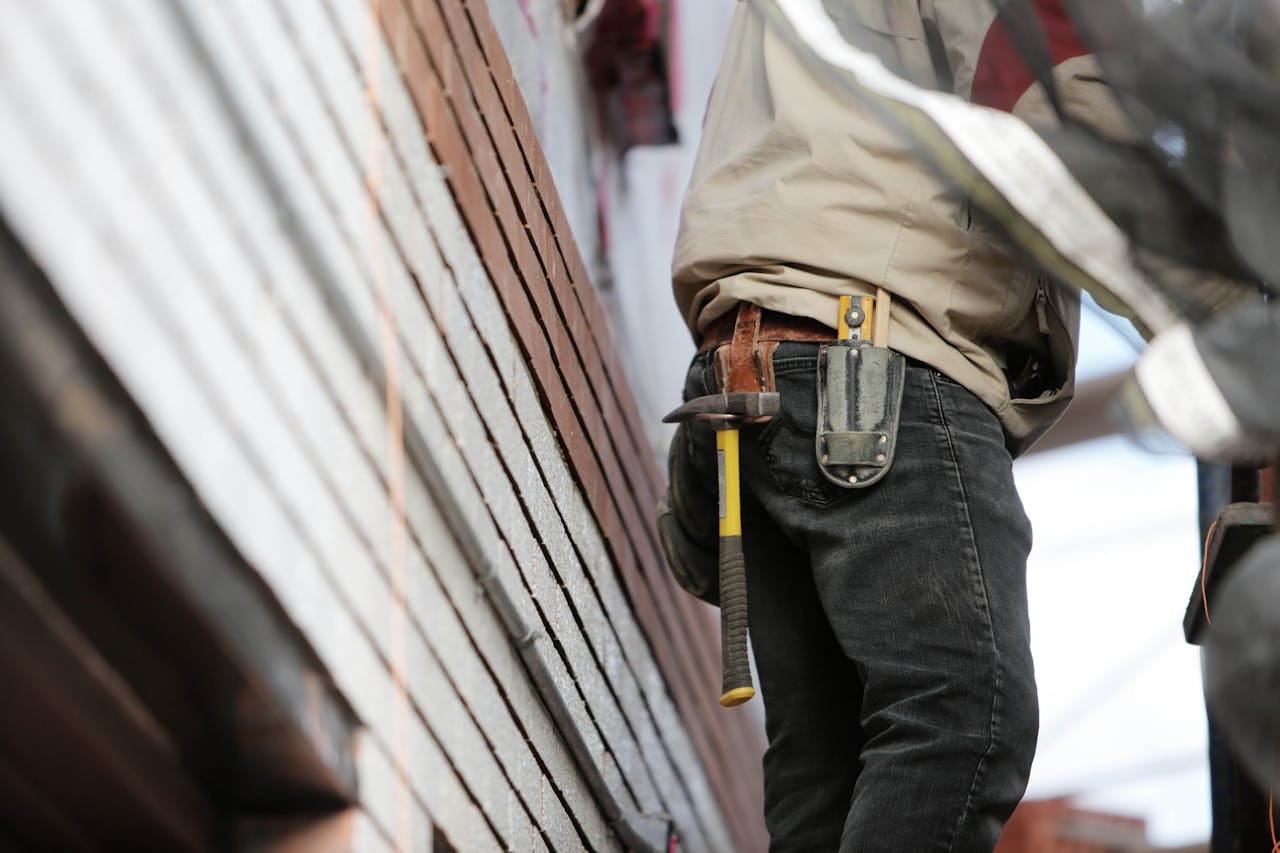Renovating the exterior of your home can be an exciting project, promising a fresh look and enhanced curb appeal. However, it’s crucial to approach this endeavor with careful planning and consideration to avoid common pitfalls that could lead to costly mistakes. From neglecting proper budgeting to overlooking important maintenance tasks, here are five mistakes to steer clear of when renovating your home’s exterior.
1. Underestimating the Importance of Budgeting
One of the most critical aspects of any renovation project is establishing a realistic budget. Unfortunately, many homeowners make the mistake of underestimating the costs associated with exterior renovations. From materials and labor to unforeseen expenses, such as structural repairs or permit fees, the expenses can quickly add up. To avoid this mistake, it’s essential to conduct thorough research and obtain multiple quotes from reputable contractors before embarking on your project. Factor in a contingency fund of at least 10% to 20% of your total budget to account for any unexpected costs that may arise during the renovation process. By planning and budgeting accordingly, you can prevent financial stress and ensure that your renovation stays on track.
2. Ignoring Maintenance Needs
Renovating your home’s exterior is an excellent opportunity to address any existing maintenance issues and prevent future problems. However, some homeowners overlook this crucial step, focusing solely on aesthetic upgrades without addressing underlying issues such as damaged siding, deteriorating paint, or outdated fixtures. Before beginning your renovation project, take the time to inspect your home’s exterior thoroughly. Look for signs of damage or wear and tear, such as rotting wood, cracked masonry, or missing shingles. Addressing these maintenance needs upfront will not only prolong the lifespan of your home’s exterior but also prevent more significant issues down the road.
Amidst the excitement of renovating your home’s exterior, it’s imperative not to understate the importance of pest control. Disregarding pest control measures can lead to costly consequences, as pests can cause damage to newly renovated structures and compromise the integrity of your home. Integrating pest control into your renovation plans is a proactive step toward maintaining the beauty and functionality of your home for years to come.
3. Disregarding Architectural Harmony
When renovating your home’s exterior, it’s essential to maintain architectural harmony to ensure that the new elements complement the existing design seamlessly. However, some homeowners make the mistake of introducing clashing styles or materials that detract from the overall aesthetic appeal of the property. Before making any design decisions, consider the architectural style of your home and its surroundings. Whether you’re opting for a modern facelift or a more traditional look, choose materials, colors, and finishes that complement the existing structure and blend harmoniously with the neighborhood’s aesthetic. For instance, board and batten siding can enhance the charm of various architectural styles, from rustic cottages to modern farmhouses, with its timeless appeal and versatile design. Consulting with a professional designer or architect can help ensure that your renovation plans align with your home’s architectural style and enhance its curb appeal.
4. Overlooking Energy Efficiency
In today’s environmentally conscious world, energy efficiency is an increasingly important consideration for homeowners. However, some individuals overlook this aspect when renovating their home’s exterior, focusing solely on cosmetic enhancements rather than practical improvements that can reduce energy consumption and lower utility bills.
When planning your exterior renovation, consider incorporating energy-efficient features such as insulated siding, energy-efficient windows, and high-quality roofing materials. These upgrades not only enhance the comfort and livability of your home but also contribute to long-term energy savings and environmental sustainability. Investing in energy-efficient upgrades can also increase the resale value of your property, making it a wise long-term investment.
5. Neglecting Proper Permits and Regulations
Finally, one of the most common mistakes homeowners make when renovating their home’s exterior is neglecting to obtain the necessary permits and adhere to local regulations. Depending on the scope of your renovation project, you may need permits for structural changes, additions, or alterations to your home’s exterior. Before starting any work, research the permit requirements in your area and ensure that your renovation plans comply with local building codes and regulations. Failing to obtain the necessary permits can result in fines, delays, or even the need to undo completed work, adding unnecessary stress and expense to your project. By taking the time to navigate the permitting process upfront, you can avoid potential headaches and ensure a smooth and successful renovation experience.
Conclusion
In conclusion, renovating your home’s exterior can be a rewarding endeavor, but it’s essential to approach the project with careful planning and consideration. By avoiding these common mistakes, you can ensure that your renovation enhances the beauty, functionality, and value of your home for years to come.

